We helped Eugen Rochko, founder of Mastodon, fix their onboarding experience
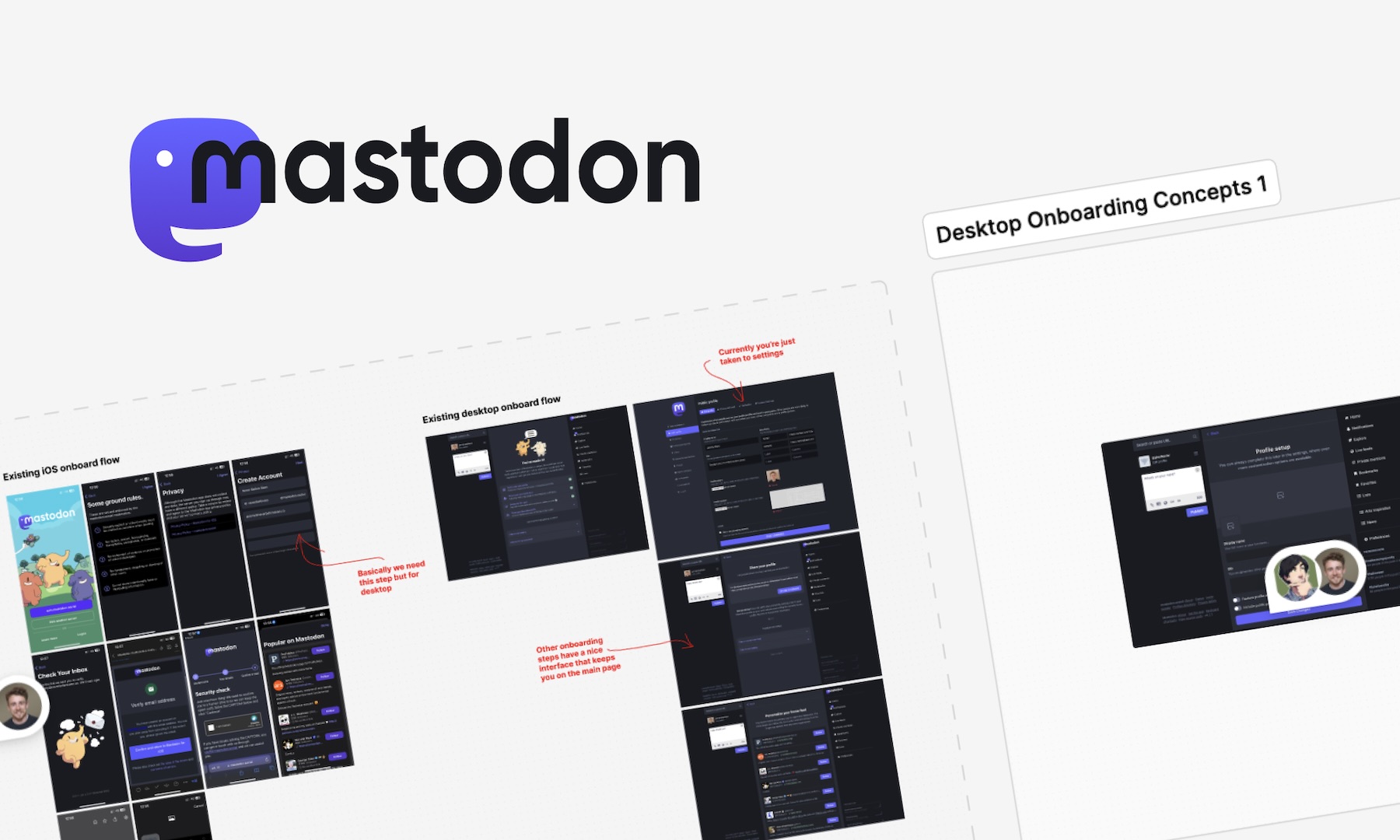
Late last year, I had the opportunity to work closely with Eugen Rochko, Mastodon’s founder, to help tackle a problem unique to federated social networks: users kept forgetting which server (or "instance") they had signed up on.
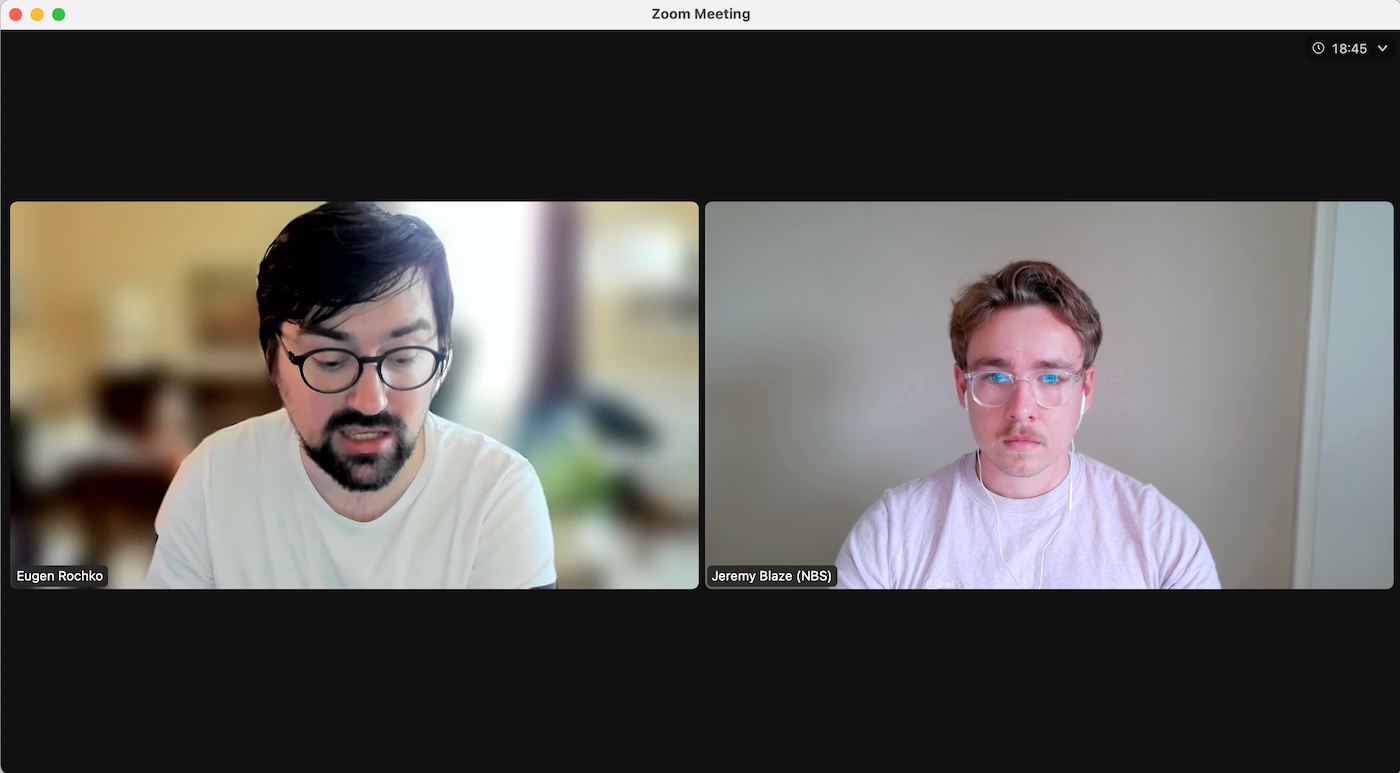
Mastodon is an open-source social network with more than 10 million users across thousands of independently run servers. This decentralization is one of its biggest strengths; however, it also creates unique UX challenges. Unlike a centralized platform where there's only one "home," Mastodon users pick a server when signing up — and many new users, especially those unfamiliar with the federated model, found it confusing to remember where their account lived.
The issue would surface when users tried to log back in or invite friends. They knew they had a Mastodon account but often couldn’t recall which domain they had joined, leading to frustration and, in many cases, drop-off.
Exploring Solutions
We explored a range of possible solutions to this problem. Some ideas included:
- Standardizing server naming conventions
- Building tools to search across instances
- Creating better signposting during signup
But the solution we ultimately landed on was to overhaul the new user experience (NUX), starting with one of the most persistent touchpoints: email.
Rethinking the Email Experience
Instead of sending a generic welcome email, we redesigned it to make the server domain unmistakably clear — and to reinforce it through friendly, repeated prompts. The idea was to anchor users to their server from day one.
We also designed reminder emails and login support flows that helped users reconnect with their server more easily if they ever forgot.
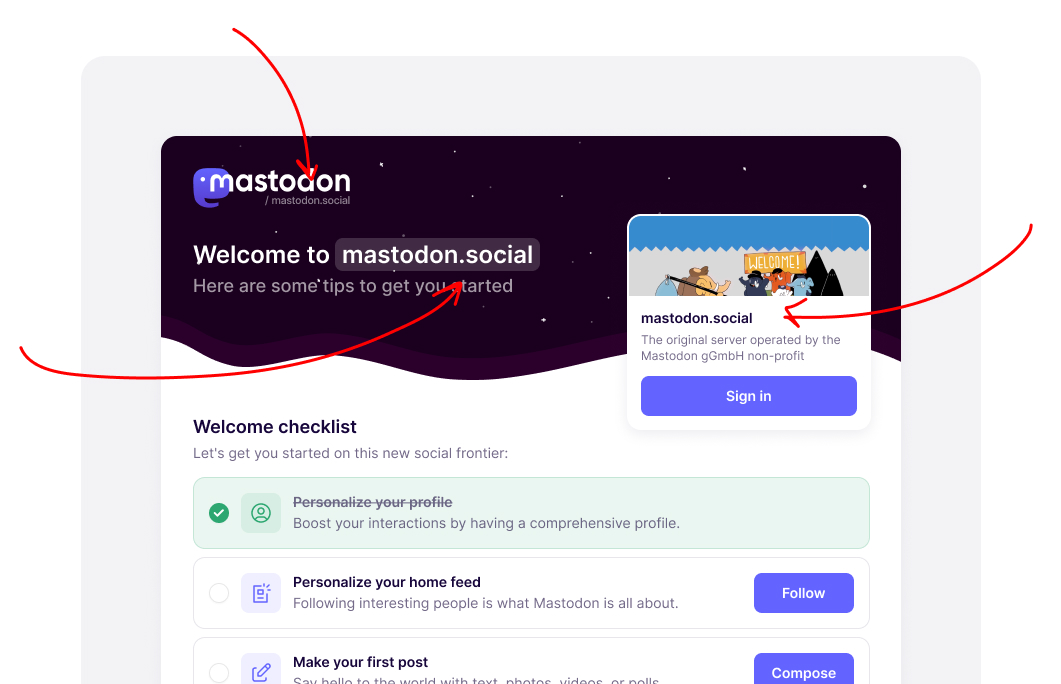
Beyond Email: Improving Onboarding
Email was just one piece. We also revisited parts of the onboarding experience itself to:
- Make the server choice feel more intentional
- Create a stronger emotional connection with the user's chosen community
- Reduce friction for users returning to the platform after time away

I ran some workshops with Eugen and some of their development team to explore some possible approaches for improving the on-platform sign up experience.
Working Closely with Eugen
Throughout the project, I collaborated directly with Eugen, iterating on strategy, wireframes, and final designs. This opportunity was an absolute pleasure. I partner with a lot of CEOs and founders, and Eugen really stood out as both a sharp and purpose-driven leader who's building a unicorn-scale software company on a non-profit budget. He makes even the most lean founder look flush.
Mastodon’s decentralized nature is part of what makes it powerful. By improving the early user experience, we aimed to help more people stay connected to the communities they chose and, ultimately, strengthen the network as a whole.

Introducing the all new Marathon – the tool for people who live in Figma

First Make Them Care: The $50B Communication Gap Between Experts and Success

AI Is Offering A New First Step To The Mental Health Journey
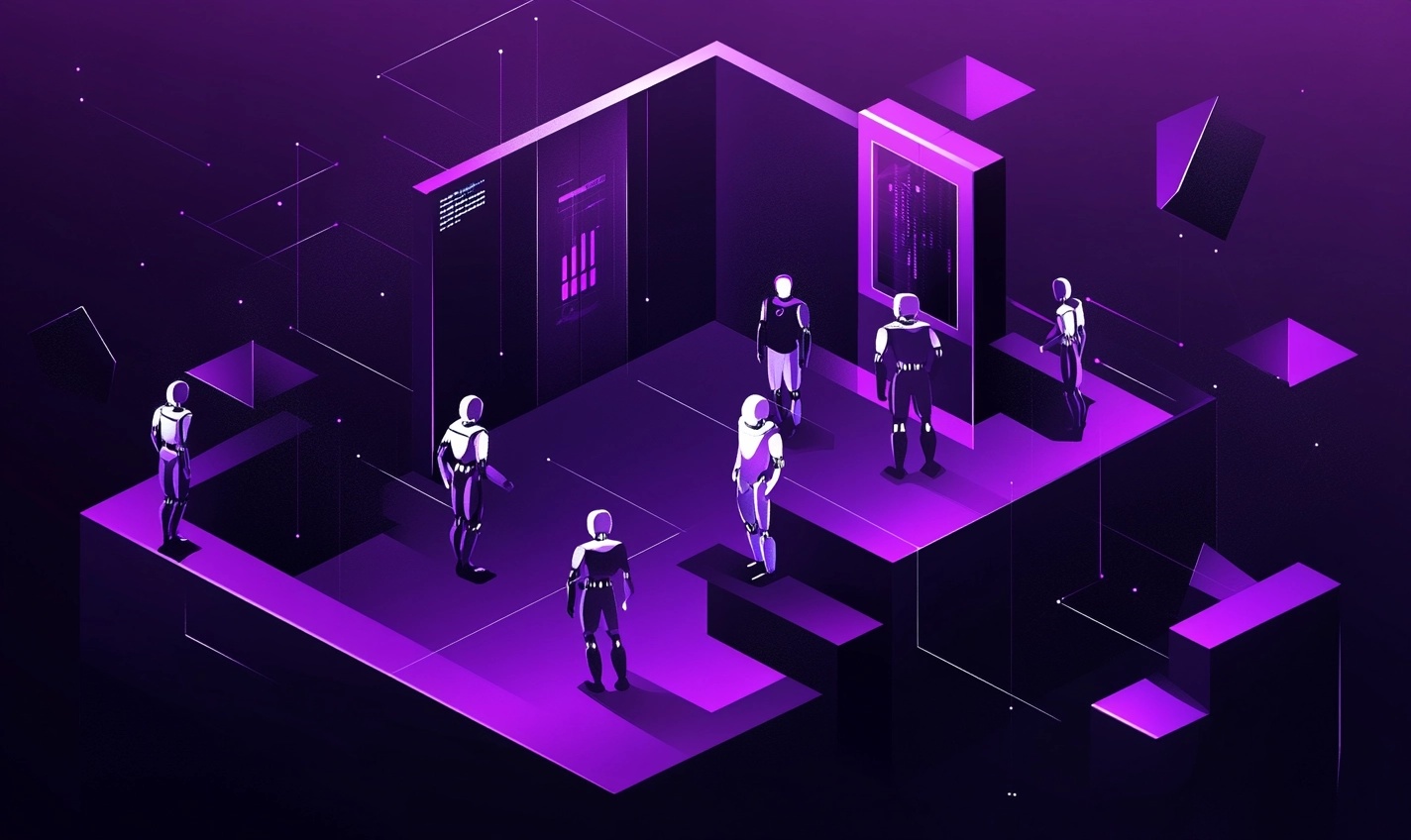
After the Interface: Rethinking Design for a World of AI Agents
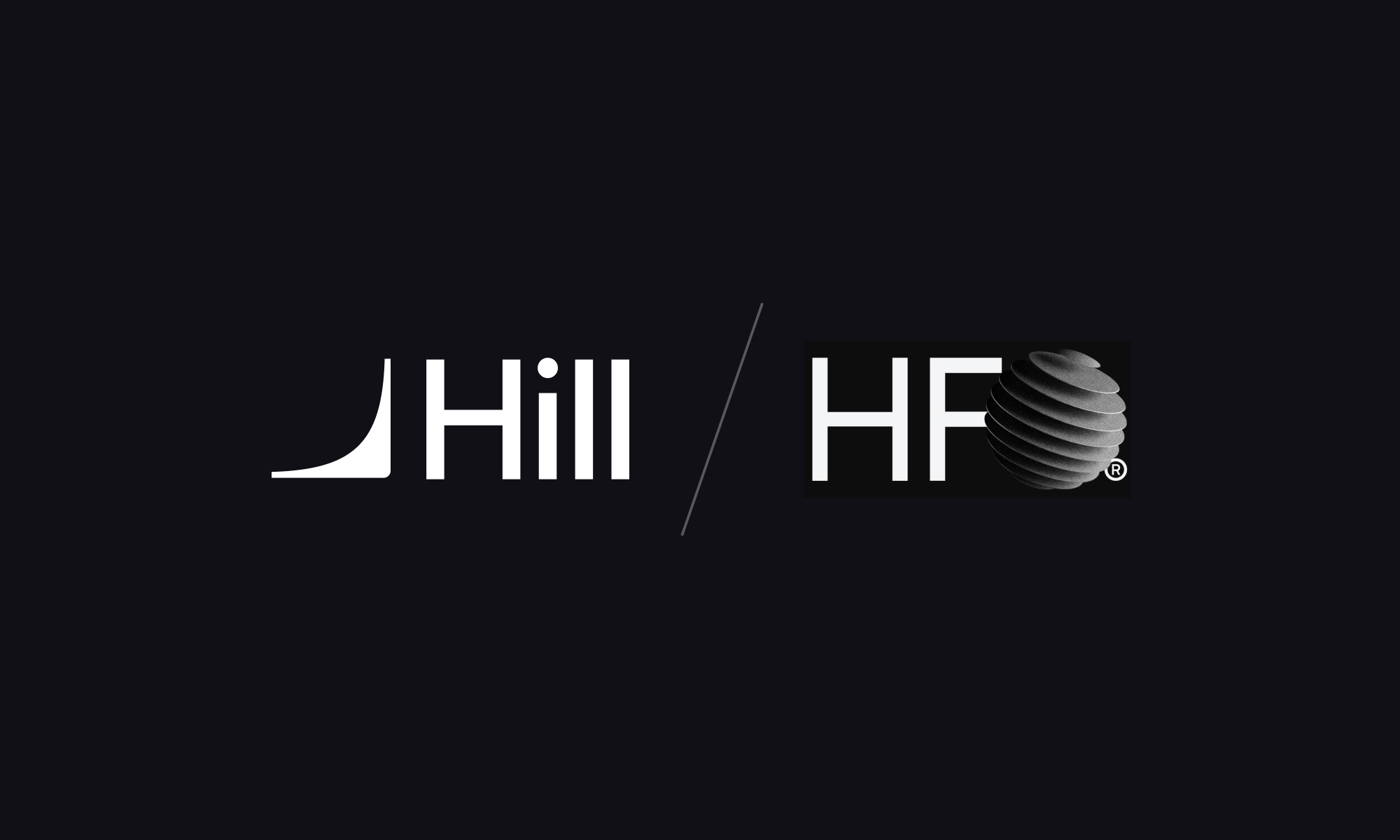
Hill Has Been Accepted Into The HF0 Residency

Joining Hill As Head of Product
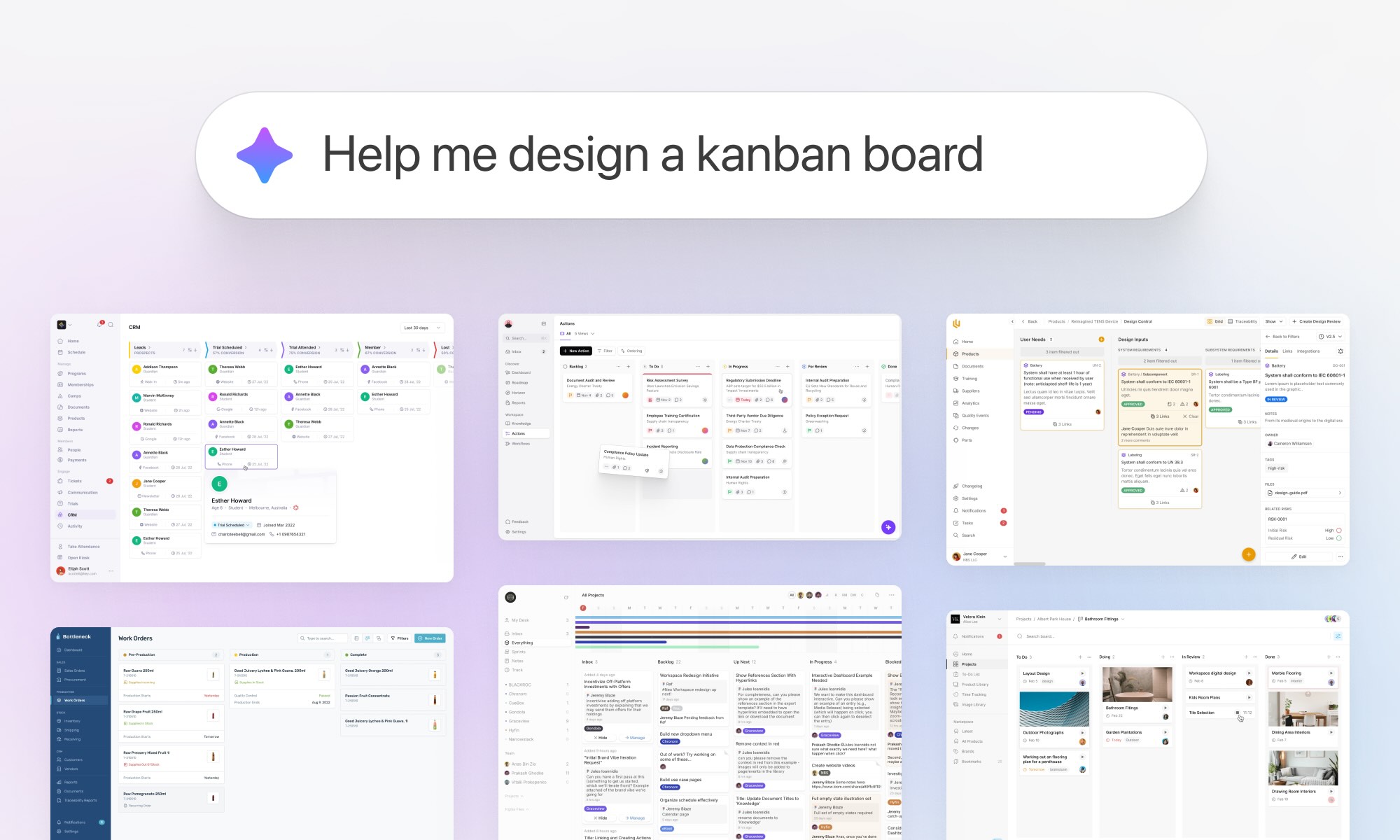
We turned 10 years of product design expertise into the ultimate AI design copilot

Breaking into UX & Product Design: A Guide for New Designers

Adding 'flexible features' to uncover new product opportunities

Introducing Blair, the companion to help you conquer your day

Pushing Through Creative Block: Learning from Artists and Musicians to Reignite Inspiration

Unlocking Airbnb’s Secret: How SaaS Founders Can Aim For 10 Stars And Win

How to avoid MVP feature creep: The ICE Method
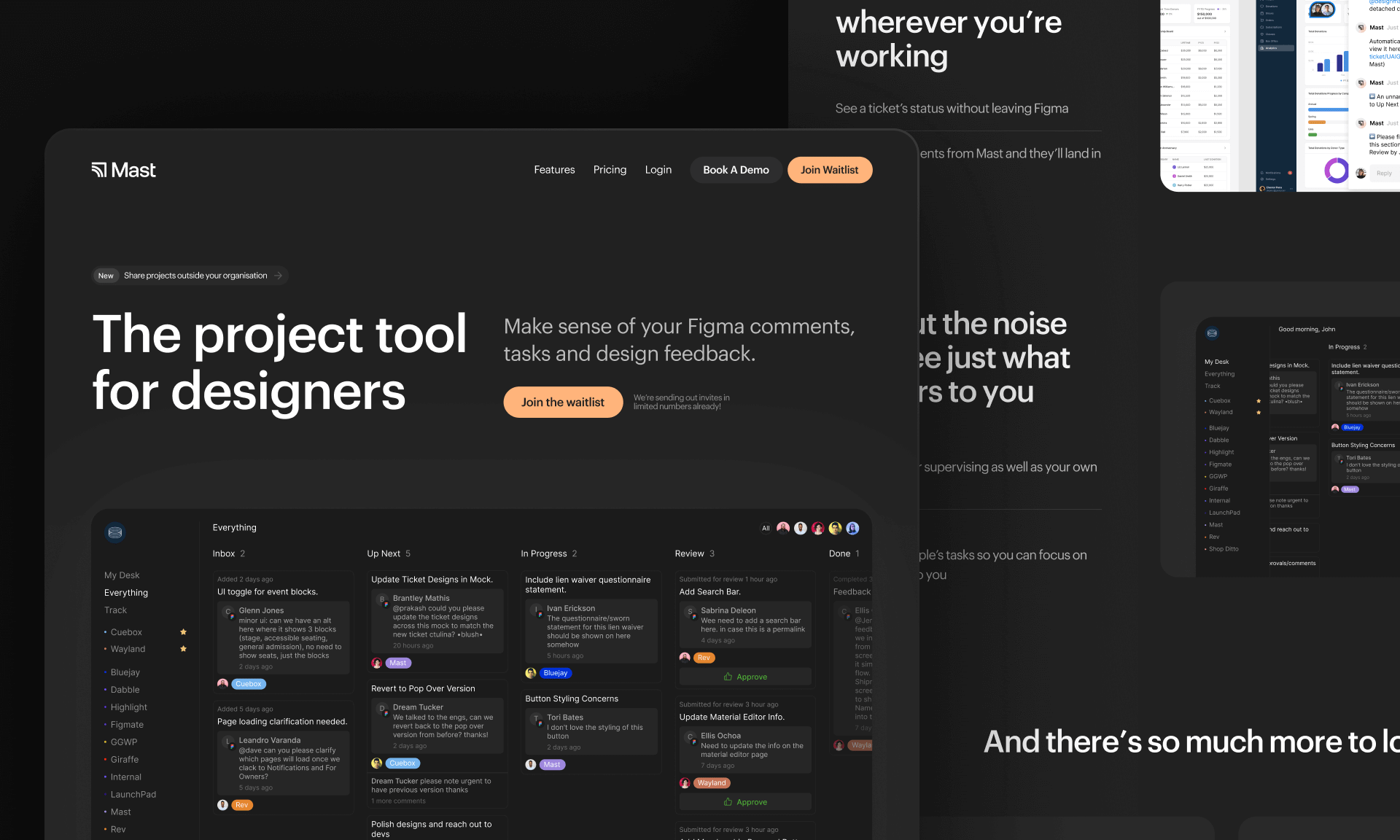
Introducing Mast: The project tool for design teams

Reflecting on my time running a 100-person creative community in the heart of Melbourne
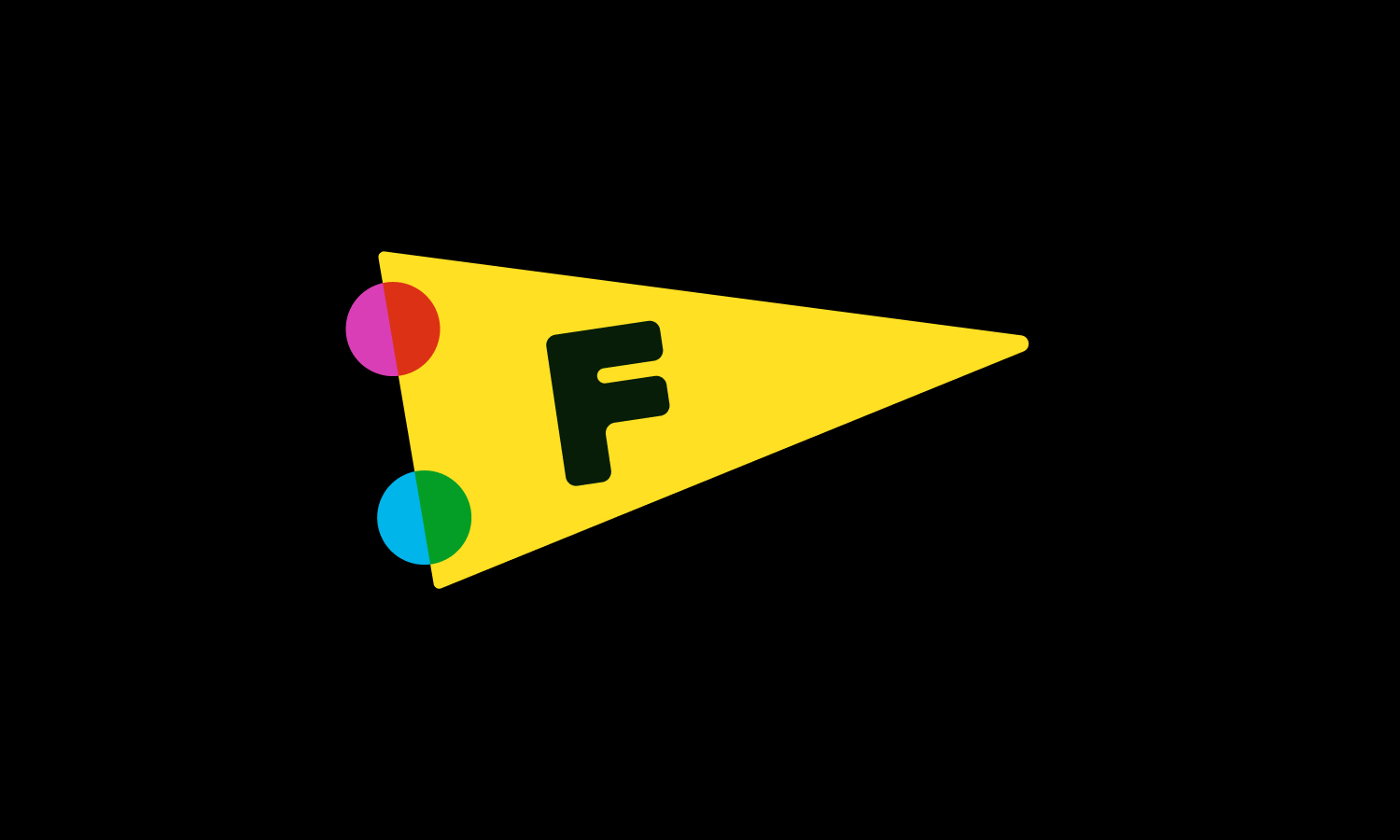
Starting a company during a global pandemic, with Jeremy Blaze on Funemployed
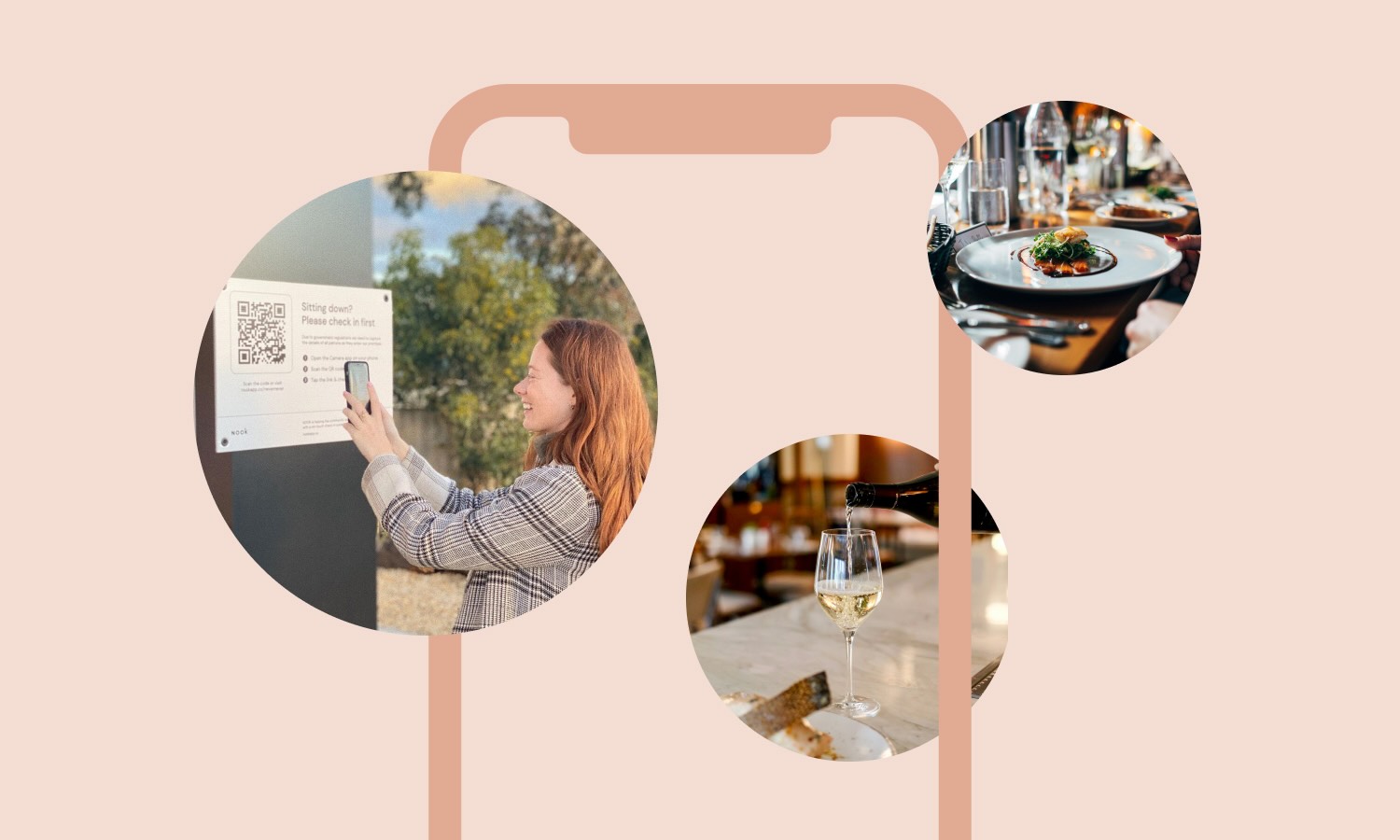
Introducing NOOK: Digital Patron Check-In & Menus to Keep Australia's Hospitality Industry Afloat
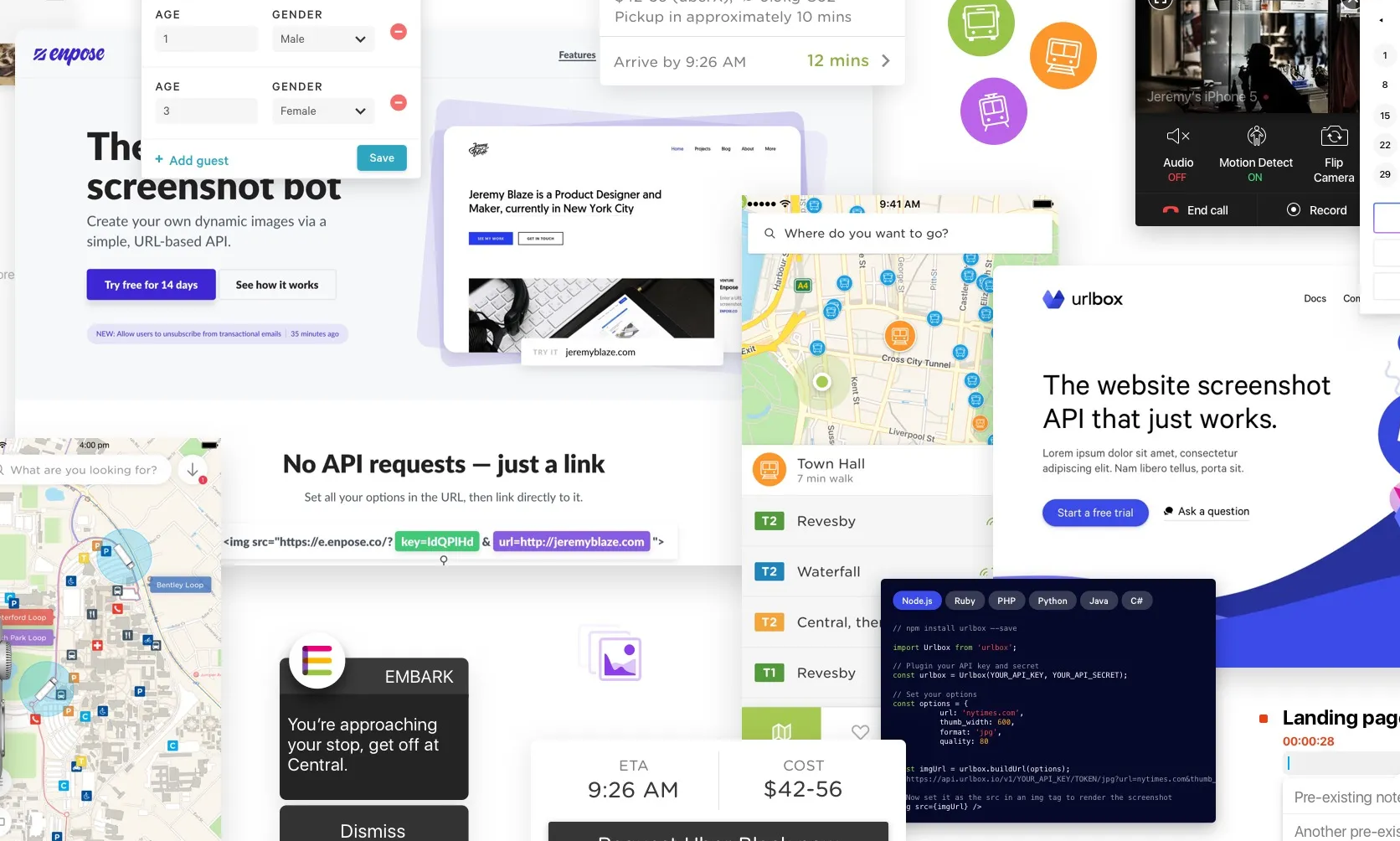
Why I’ve started a product design studio
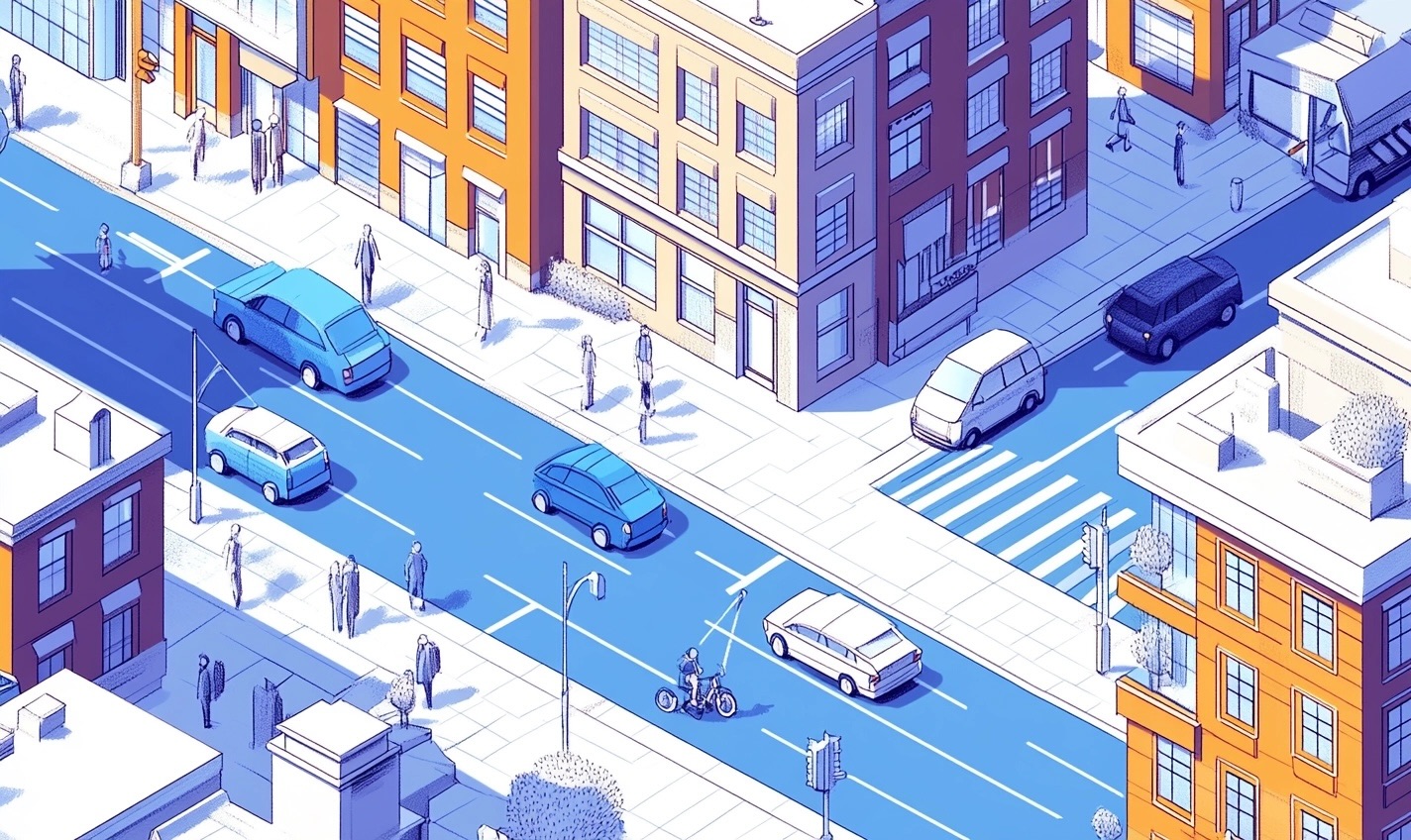
Case Study: Making sense of LIVE carpark availability in UbiPark
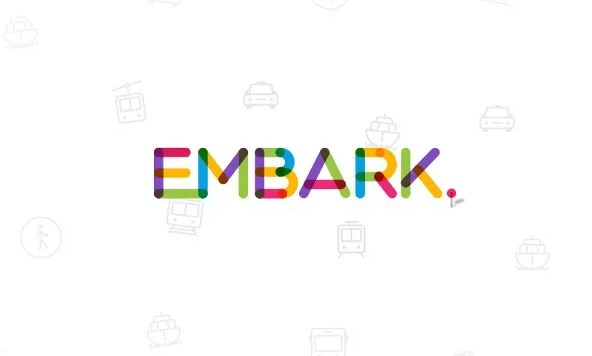
Case Study: Embark’s design, launch & early iteration
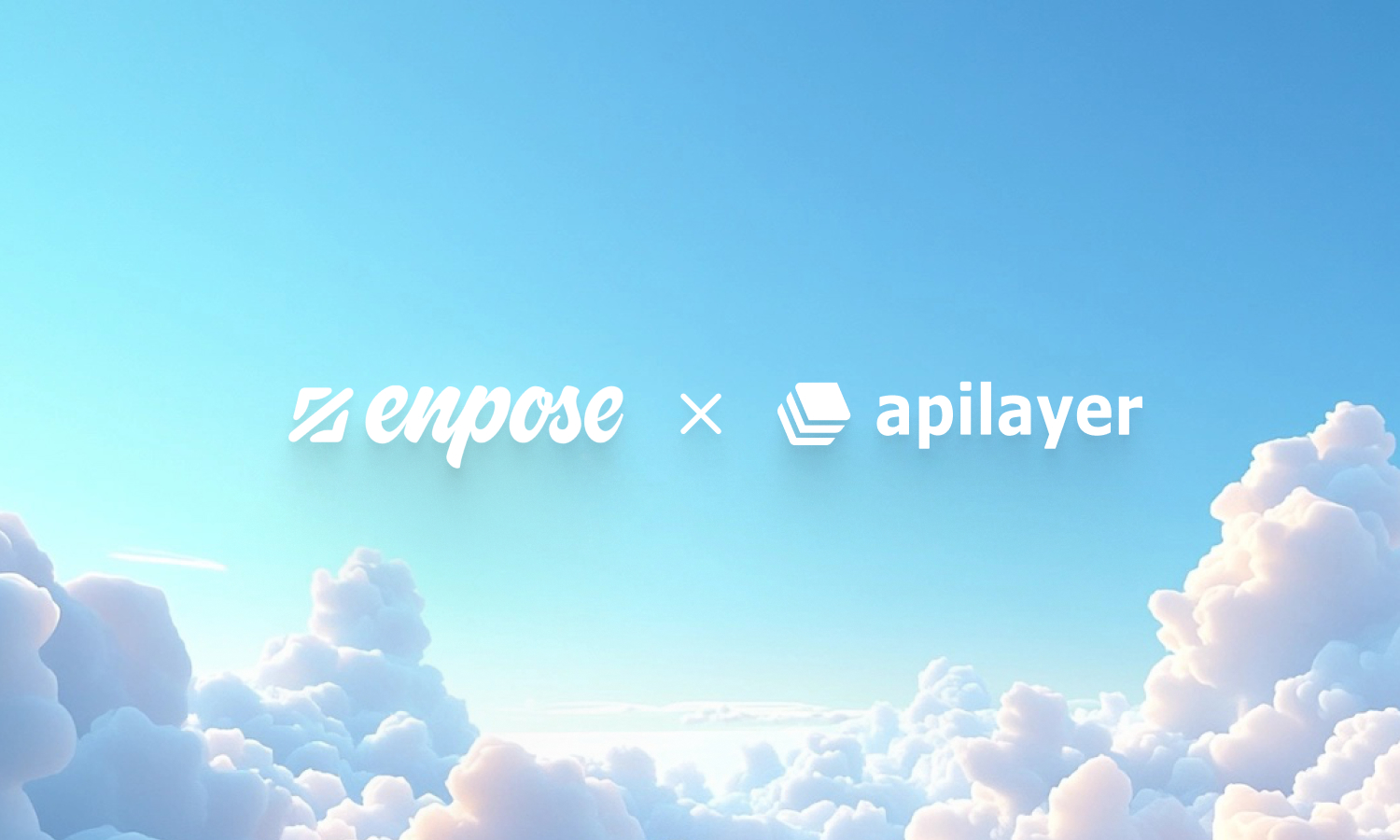
Enpose has been acquired by ApiLayer, solidifying their position in the screenshot API market
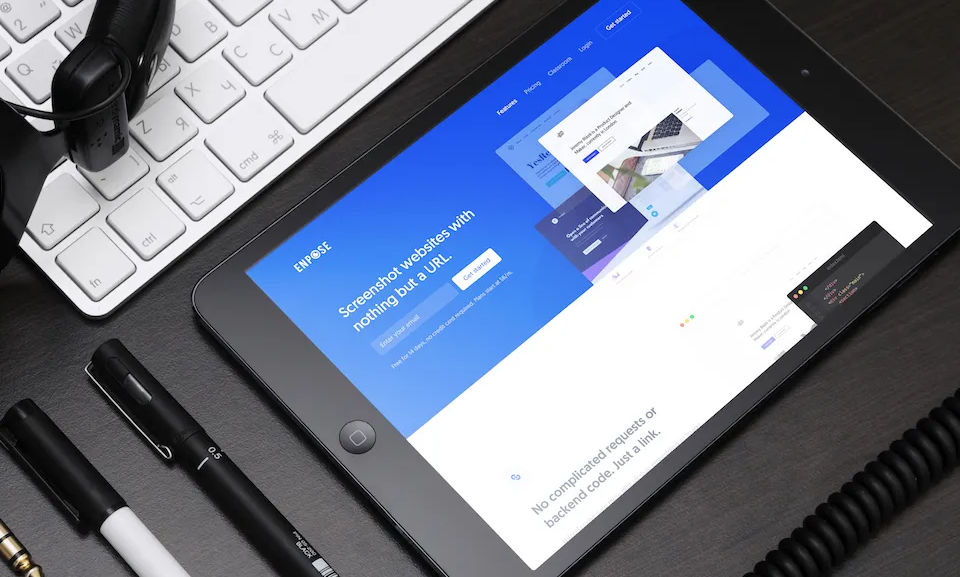
An exercise in reductive design: Building a beautiful API
